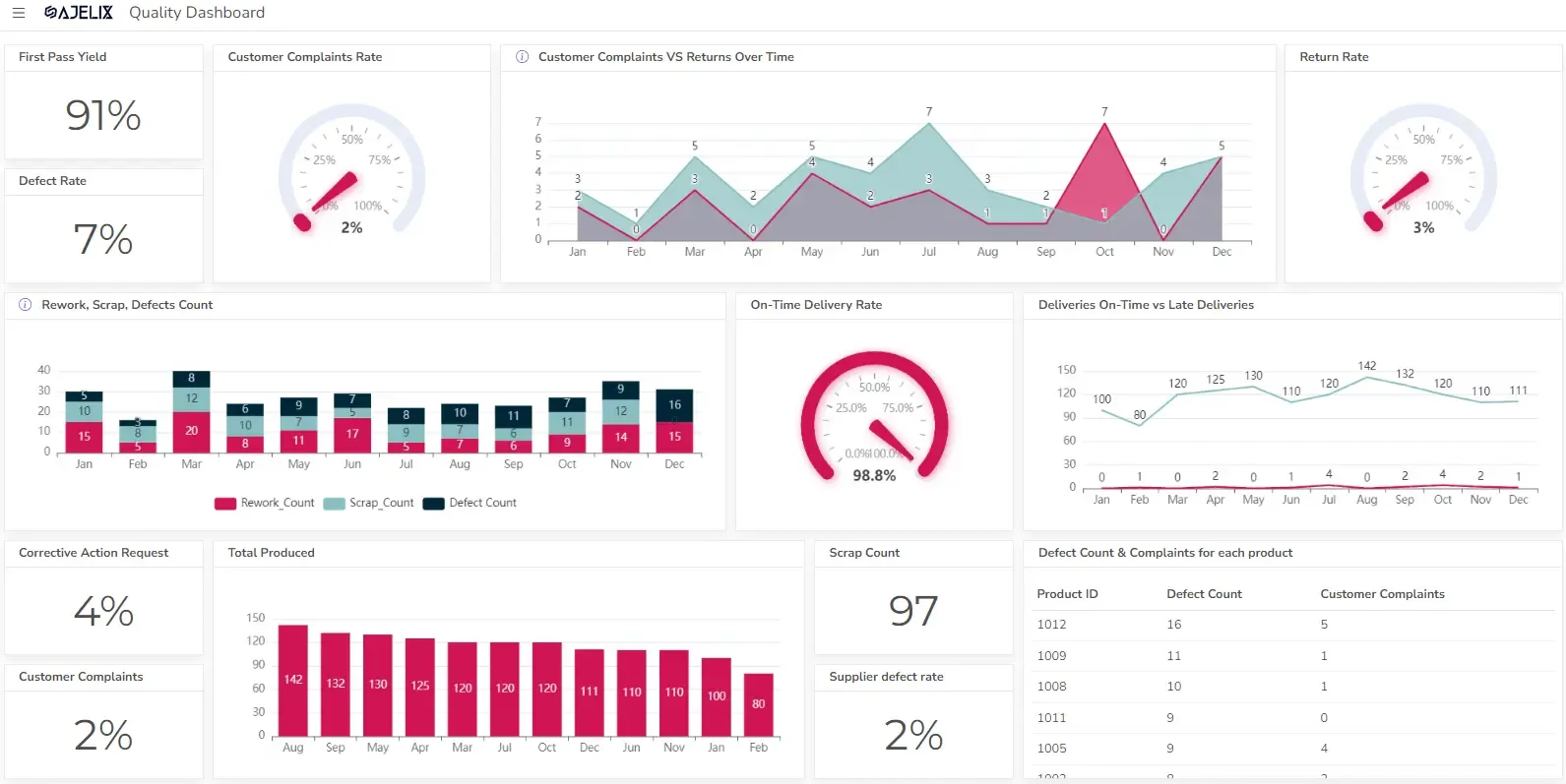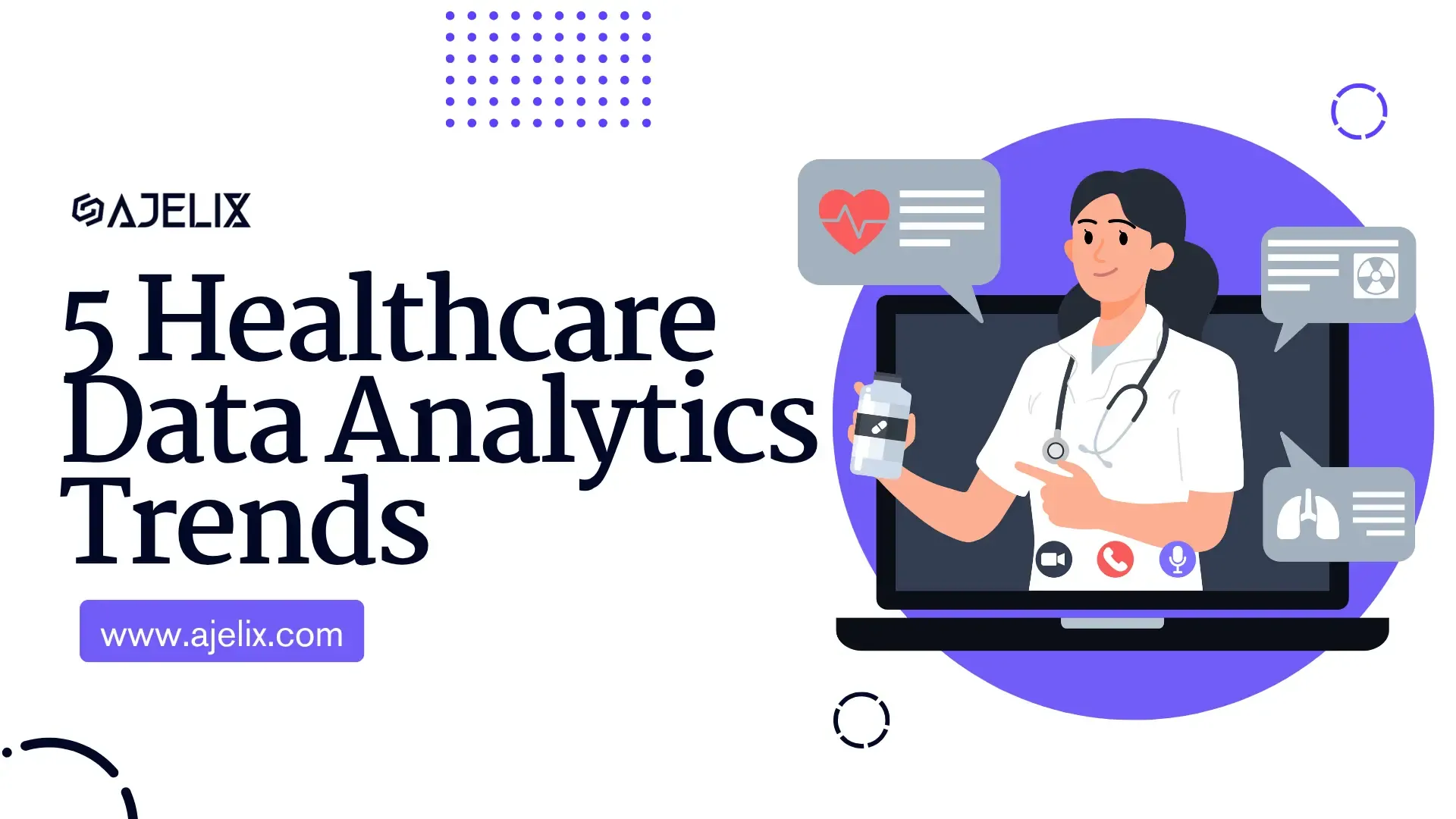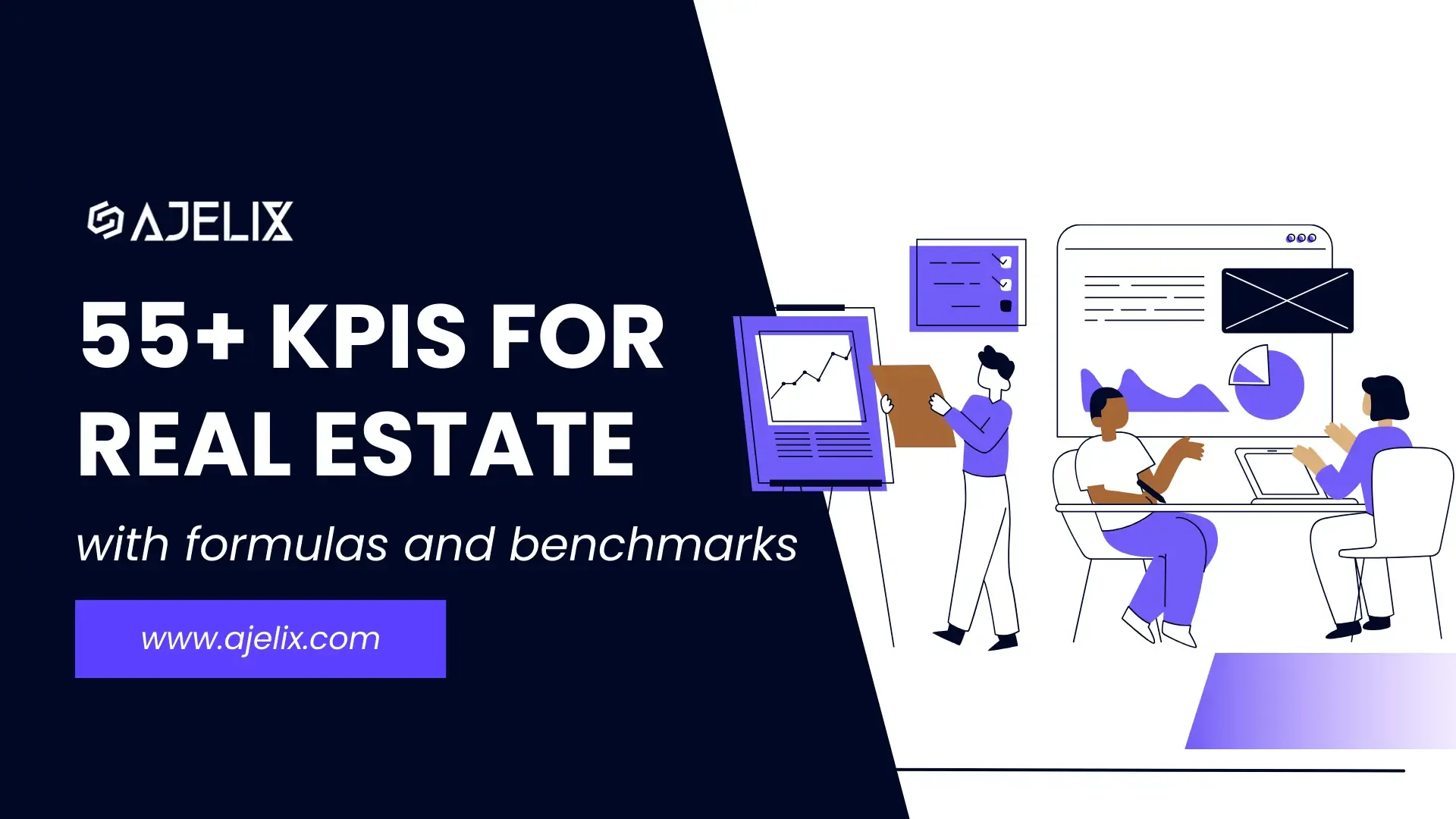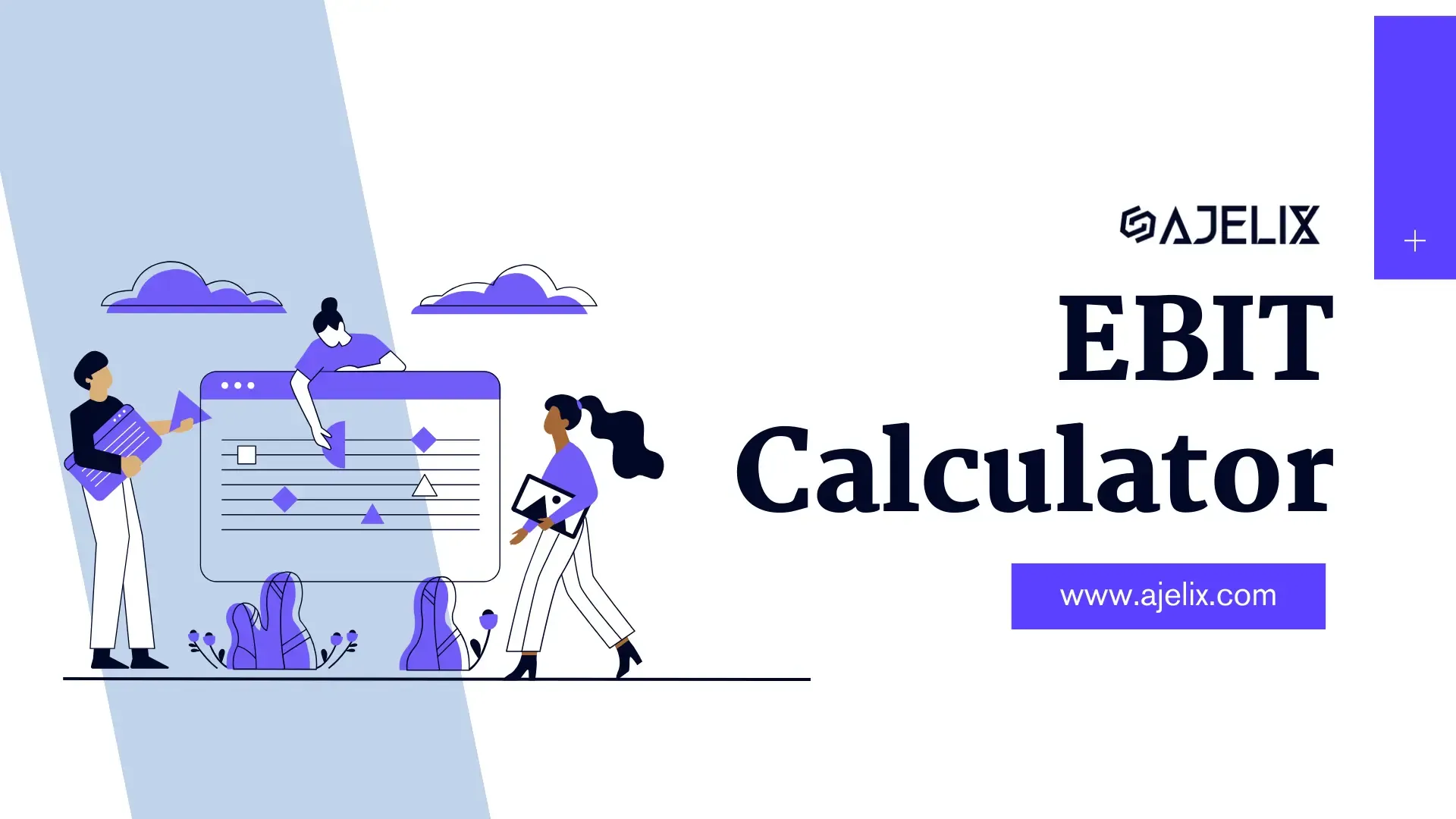- Home
- Data Visualization
- Tools
- AI Data Analyst
- Excel Formula Generator
- Excel Formula Explainer
- Google Apps Script Generator
- Excel VBA Script Explainer
- Excel VBA Script Generator
- Excel VBA Code Optimizer
- Excel VBA Code Debugger
- Google Sheets Formula Generator
- Google Apps Script Explainer
- Google Sheets Formula Explainer
- Google Apps Script Optimizer
- Google Apps Script Debugger
- Excel File Translator
- Excel Template Generator
- Excel Add-in
- Your Virtual AI Assistant For Excel Spreadsheets
- AI Answer Generator
- AI Math Solver
- AI Graph Generator
- AI SQL Generator
- Pricing
- Resources
-
Author:
Will AI Replace Data Analysts?
-
Last updated:November 29, 2025
-
Tags:
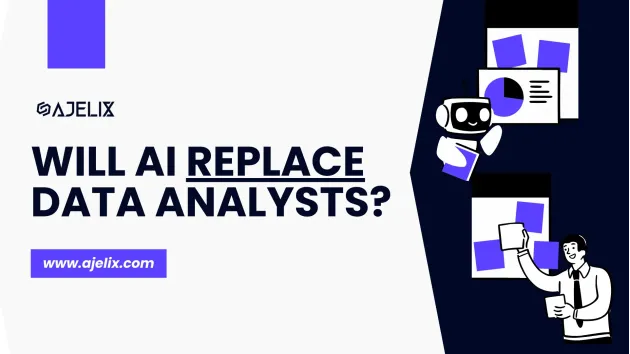
Explore other articles
- 7 Productivity Tools and AI Plugins for Excel
- Julius AI Alternatives: Top 5 Choices 2026
- No Code Analytics: Top Tools in 2026
- Automation Tools for Excel in 2026: Built-In & Third-Party
- 5 Healthcare Data Analytics Trends 2026
- Best Analytics Platform For Startups In 2026
- 15 Best AI Tools For Startups In 2026 We Tried
- 7 Best AI Tools for Excel Data Analysis (2026 Comparison)
- AI Data Intelligence For Workspace
- Conversational Analytics & AI
Analyze data with AI
There’s an elephant in the room that many analysts are thinking about but not always discussing openly: Will AI replace data analysts? It’s a legitimate concern. AI tools are getting impressively good at handling tasks that used to require human expertise: from cleaning messy data to spotting patterns and even generating visualizations that would make any analyst proud.
TL;DR
AI won’t replace data analysts, but it will replace analysts who refuse to use AI. Research, job market data, and real-world tests all show the same trend: AI automates routine tasks like data cleaning and basic analysis, boosting efficiency, while human analysts remain essential for critical thinking, advanced analytics, business context, and stakeholder communication. Demand for skilled analysts is actually growing, especially for those who combine traditional tools (SQL, Excel, Power BI) with AI literacy.
Let’s take a more detailed look at what’s actually happening in the industry. The relationship between AI and data professionals isn’t quite as simple as “robots taking jobs.” Research suggests something more interesting is emerging.
Understanding the Role of a Data Analyst
Before we examine the impact of AI, it’s important to understand the core responsibilities that define a data analyst’s role today.
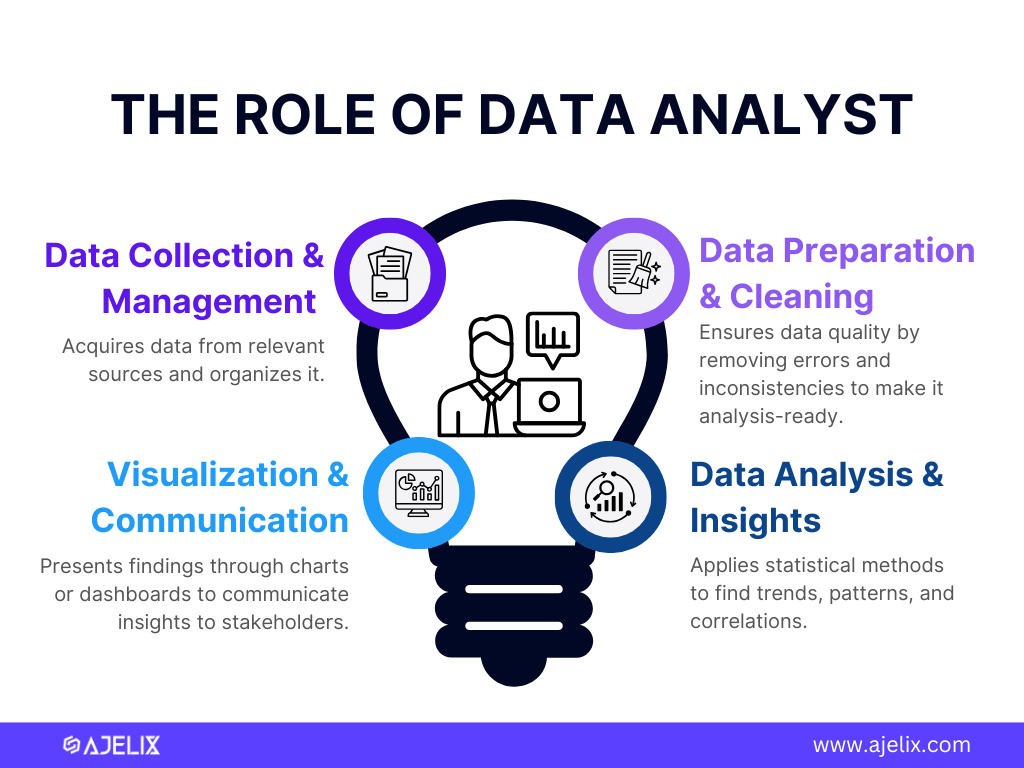
Let’s look at some Data Analyst functions in more detail:
- Data preparation and cleaning: Transforming raw, unstructured data into organized, reliable formats suitable for analysis: a process that typically consumes 60-80% of an analyst’s time
- Exploratory analysis: Systematically investigating datasets to identify meaningful patterns, correlations, and trends that inform business decisions
- Visualization development: Creating charts, graphs, and interactive dashboards that effectively communicate complex information in accessible ways
- Insight generation: Getting actionable conclusions from the data that address specific business questions and challenges
- Stakeholder communication: Presenting findings to decision-makers in clear, compelling terms that bridge the gap between technical analysis and practical application
You might be interested to learn: Business Intelligence vs Data Analytics
Clearly, these responsibilities require a specialized combination of technical skills. However, AI systems have been advancing rapidly, raising questions about how the profession will evolve. Let’s see what the research says.
Research Results: Will AI Replace Data Analysts?
To find the answer to the ultimate “Will AI replace data analysts?” question, we had to dig into the research world. The World Economic Forum (WEF) researches the future job market every year, and data analysts are predicted to be one of the fastest-growing jobs.
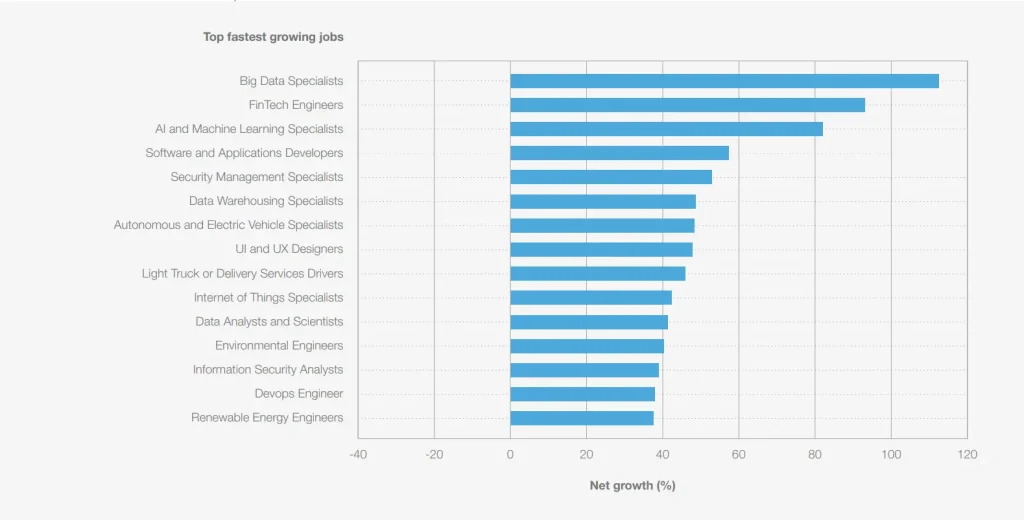
To find out the answer to the same question (whether AI could replace data analysts), Abiola Owolabi and other researchers conducted a practical study, testing ChatGPT on tasks like data preparation, output interpretation, and method suggestion. While ChatGPT performed well on basic tasks, it struggled with complex analyses such as assumption checks and advanced statistical procedures.
You might be interested in investigating the 5 Best Data Analytics Tools of 2025
The key takeaway? Both studies highlight that roles centered only on basic data entry or routine analysis are at risk. However, advanced data analysts will grow and evolve alongside artificial intelligence. AI can automate manual tasks and improve productivity, but it cannot replace the critical thinking and oversight that skilled analysts bring to the table.
Data Analyst Job Listing Experiment
It wouldn’t be us if we didn’t do a practical experiment and see what the actual job market shows. We headed to the vacancies portal Indeed to analyze Data Analyst job listings. Our primary aim was to assess how much AI knowledge is required and to identify the key tools and skills every data analyst should possess.
Here are the six most required data analyst tools and skills:
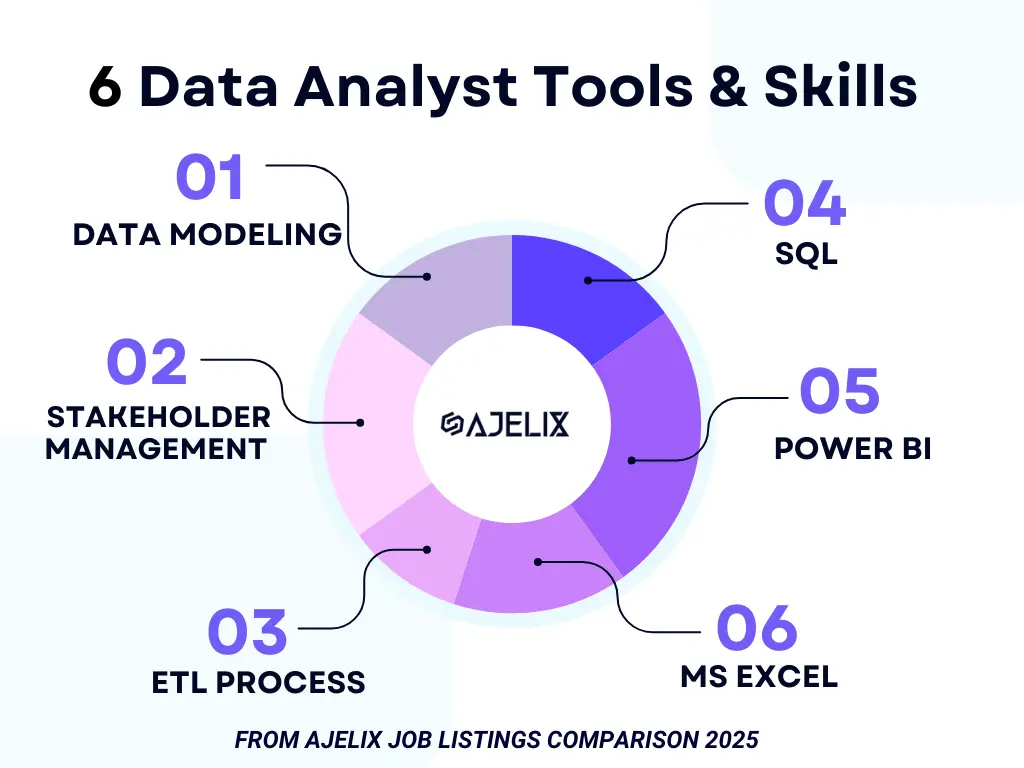
The required skills and tools are quite diverse: from the classic SQL and MS Excel to the Microsoft BI platform and ETL processes.
Will AI Replace Data Analysts?
While a full 100% of positions we analyzed require Power BI skills and 80% demand SQL proficiency, what’s particularly revealing is that these tools are enhancing rather than replacing the human element. 80% of listings emphasize stakeholder management and business translation, which AI tools still struggle with.
You might want to learn How to Use AI Dashboard Generator for Data Analytics
This job listing experiment paints a clear picture that tomorrow’s successful data analysts won’t be competing with AI but cooperating. While AI does the manual tasks, advanced data analysts will focus on context, communication, and strategic thinking that make data truly valuable to organizations.
The Ajelix Test: AI in Data Tasks
Doesn’t matter if you’re an enthusiast wanting to learn more about the data world or just curious about all the new AI tools and trends; we want to prove how AI can be a huge time-saver when working with data.
For this test, we used AI Data Analyst, the new Ajelix tool that turns raw data into insights and reports through a simple chat. While it can do a variety of different data tasks, we decided to give it a classic data analyst’s responsibility: cleaning and preparing messy data for analysis.
Result of the AI Data Analyst:
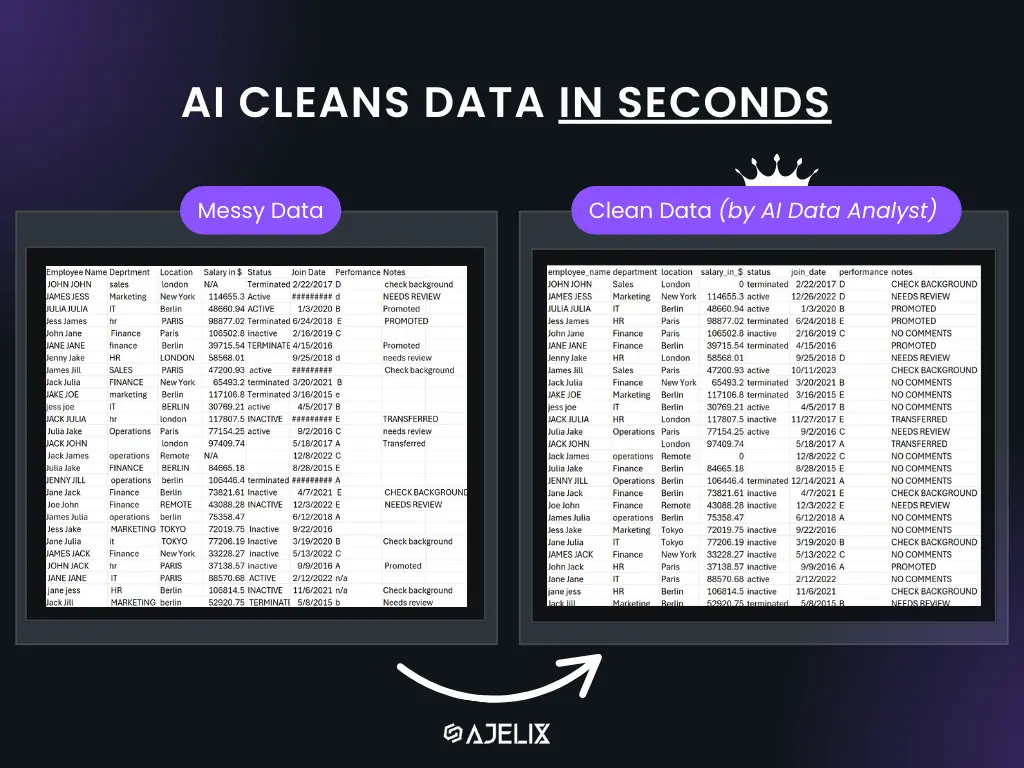
AI cleaned the messy spreadsheet in seconds. Out of curiosity, we asked a data analyst how long it would take to do the task manually, and he said about two hours. Bear in mind that these screenshots show only a small part of the cleaned spreadsheet.
This test perfectly illustrates the point that AI isn’t here to replace data analysts, but it will replace those who don’t embrace AI tools.
Conclusion
Will Data Analysts be replaced by AI? Not if there is cooperation between the two.
Embracing AI is not optional anymore. It is essential for those who want to thrive in the evolving data landscape. So, if you are still resisting AI, remember that other people aren’t, and this way, they are already ahead of the game. The AI Data Analyst tool can be a great start for your introduction to the AI data world.
Wishing to stay in the deep research and tips loop? Sure, let’s stay connected.
FAQ
No. While AI can automate certain technical processes, the analytical reasoning, business understanding, and communication skills of human analysts remain critical.
Familiarity with AI-driven data tools, prompt engineering, and an understanding of how AI can support, rather than replace, core analytical tasks.
Yes. Current job market data shows that SQL, MS Excel, and similar tools are still essential requirements for data analysts, complemented by AI literacy.
By mastering core technical and analytical skills, developing strong communication abilities, and strategically incorporating AI tools to improve efficiency and insight generation.
The impact is significant but gradual. Professionals who adapt early by integrating AI tools into their work processes are positioning themselves for long-term success.


